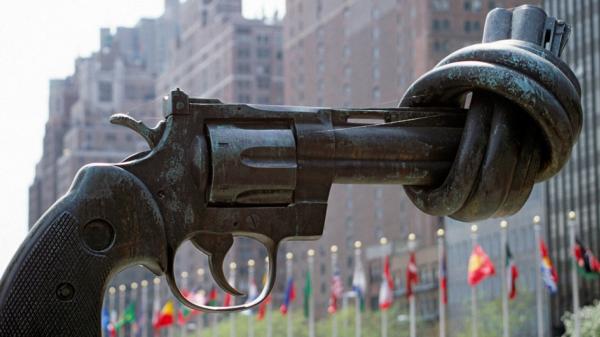International disarmament efforts heavily rely on international treaties and politically binding agreements. More than 70 years after the UN Charter, the international community has adopted an impressive number of multilateral instruments on disarmament, arms control, and non-proliferation. Some, have become core pillars of international security. Others, offer significant protection and assistance to civilians, changing how wars are fought. States and civil society continue to propose new initiatives for international regulation of means and methods of warfare.
Yet multilateral disarmament regimes face significant challenges. New technologies, increasing geopolitical tensions between major military powers, and growing multipolarity create stress on legal regimes. In certain cases, such as the Intermediate Nuclear Forces Treaty, parties have decided these agreements no longer serve their interests and have withdrawn. Despite the Chemical Weapons Convention, there have been repeated chemical weapon attacks in Syria and elsewhere.
What are the trends to be drawn from the existing disarmament instruments and recent developments? Are there lessons regarding which elements should be in a disarmament treaty from a legal perspective? What works, what does not, and what are inherent dilemmas? And how does this fit with international humanitarian law and other regulations related to weapons?
The Geneva Centre for Security Policy (GCSP) and the United Nations Institute for Disarmament Research (UNIDIR) will host a panel discussion on these questions which will be moderated by Renata Dwan, Director of UNIDIR.
The new Guide to International Disarmament Law, published by Routledge in 2019, as well as the new DisarmApp will be formally presented during the panel.
The event will be preceded by a sandwich lunch for participants.*
